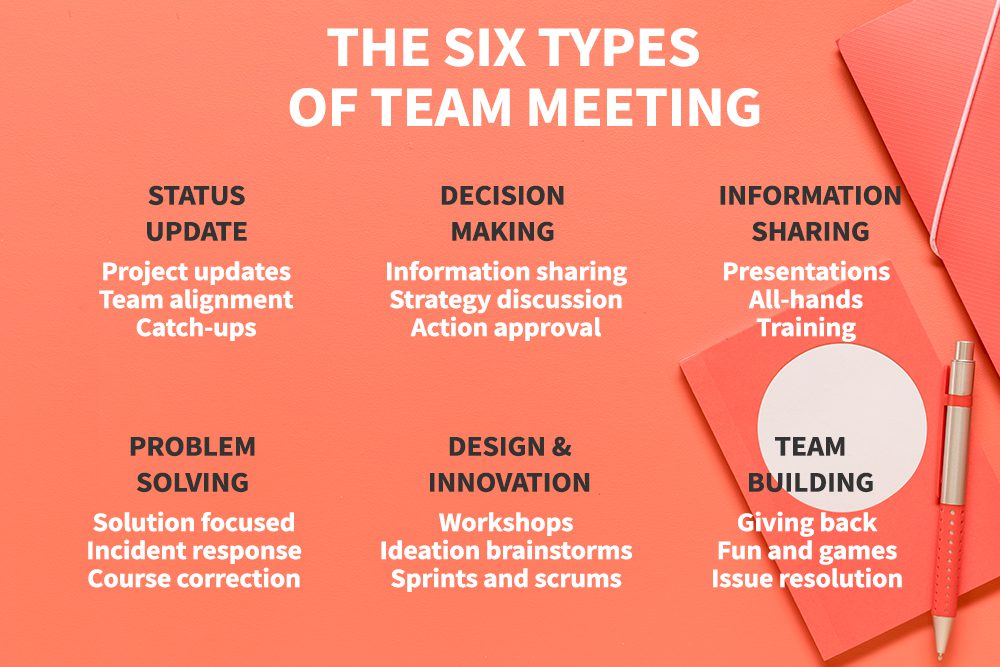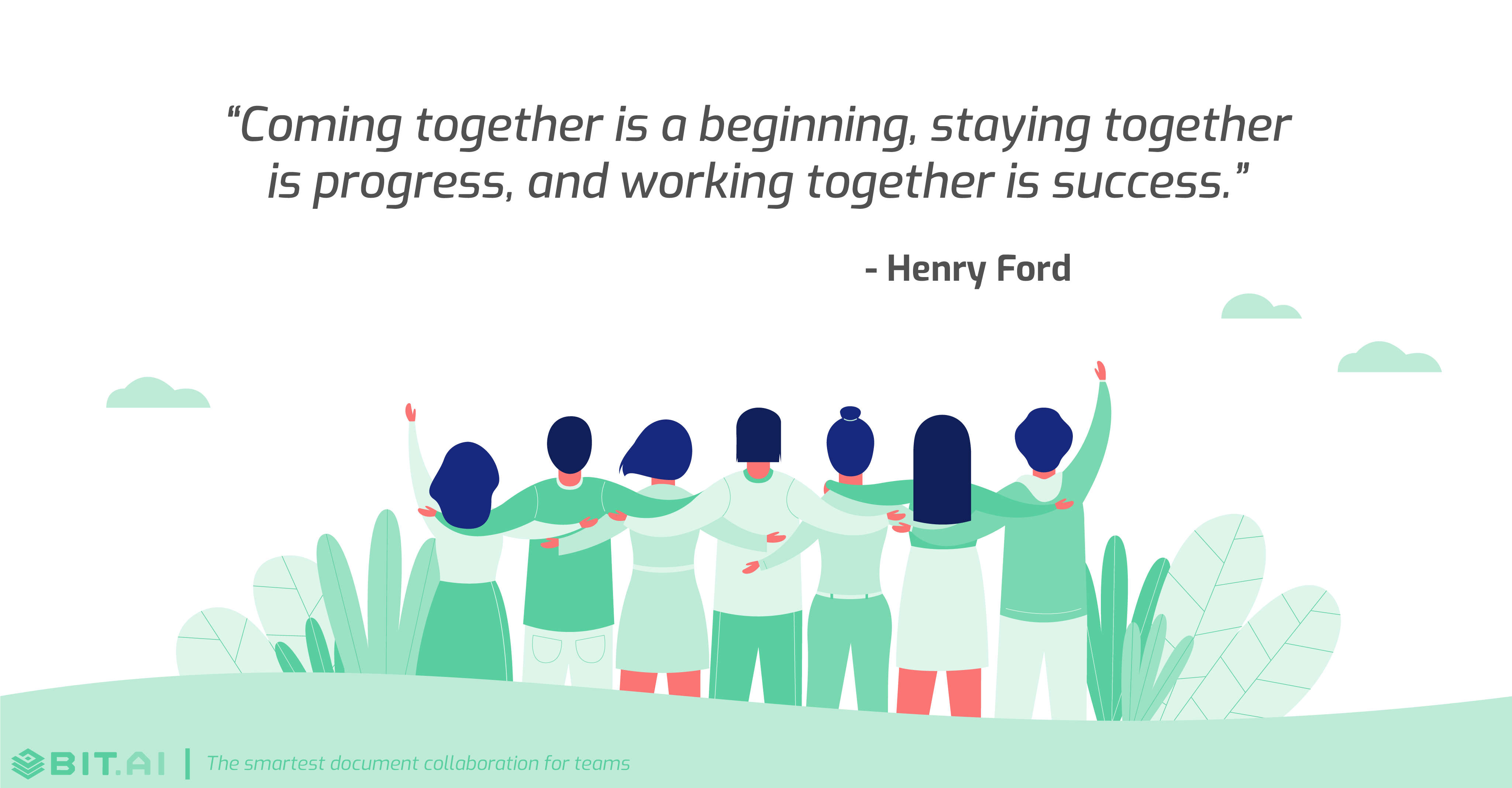

Over the past 15 years, we’ve studied teams and groups in a variety of contemporary settings.

Overcoming those pitfalls requires a fourth critical condition: a shared mindset. But we’ve also seen that modern teams are vulnerable to two corrosive problems-“us versus them” thinking and incomplete information. In fact, today those three requirements demand more attention than ever. Instead, what teams need to thrive are certain “enabling conditions.” In our own studies, we’ve found that three of Hackman’s conditions-a compelling direction, a strong structure, and a supportive context-continue to be particularly critical to team success. In more than 40 years of research, he uncovered a groundbreaking insight: What matters most to collaboration is not the personalities, attitudes, or behavioral styles of team members. Richard Hackman, a pioneer in the field of organizational behavior who began studying teams in the 1970s. The basics of team effectiveness were identified by J. But while teams face new hurdles, their success still hinges on a core set of fundamentals for group collaboration. Today’s teams are different from the teams of the past: They’re far more diverse, dispersed, digital, and dynamic (with frequent changes in membership). Weaknesses in these areas make teams vulnerable to problems. Richard Hackman, managers should work to establish the conditions that will enable teams to thrive. Mixing new insights with a focus on the fundamentals of team effectiveness identified by organizational-behavior pioneer J. These qualities make collaboration especially challenging. Teams are more diverse, dispersed, digital, and dynamic than ever before. For instance, to promote a shared mindset, leaders should foster a common identity and common understanding among team members, with techniques such as “structured unstructured time.” The authors also describe how to evaluate a team’s effectiveness, providing an assessment leaders can take to see what’s working and where there’s room for improvement. This article details what team leaders should do to establish the four foundations for success.

Overcoming those pitfalls requires a new enabling condition: a shared mindset. But their work also revealed that today’s teams are especially prone to two corrosive problems: “us versus them” thinking and incomplete information. In their own research, Haas and Mortensen have found that teams need those three “enabling conditions” now more than ever. Richard Hackman, who began researching teams in the 1970s, discovered, what matters most isn’t the personalities or behavior of the team members it’s whether a team has a compelling direction, a strong structure, and a supportive context. But though teams face new challenges, their success still depends on a core set of fundamentals. Over the years, as teams have grown more diverse, dispersed, digital, and dynamic, collaboration has become more complex.


 0 kommentar(er)
0 kommentar(er)
